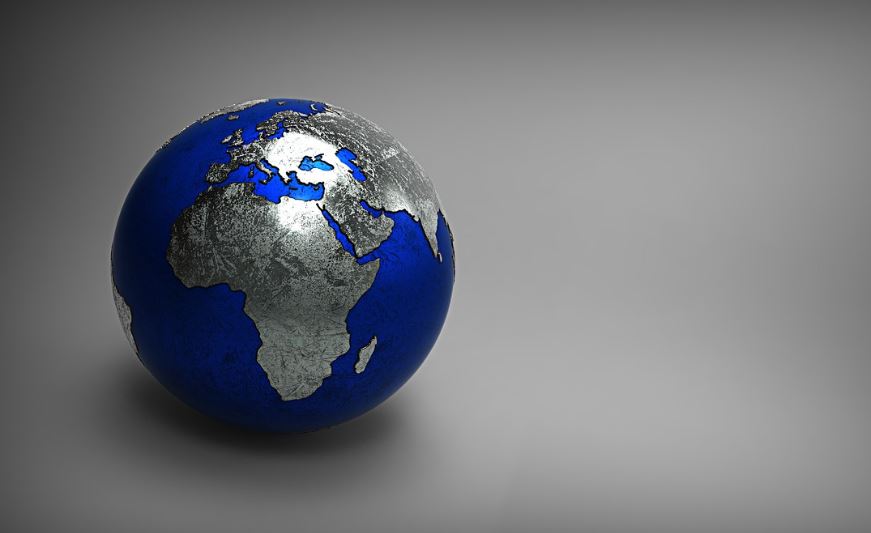$5.8 billion green ammonia project on South Africa’s east coast is positioning itself as a low-cost contender in a competitive export landscape dominated by subsidies and infrastructure races.
The initiative, developed by UK-based Hive Energy in partnership with South Africa’s BuiltAfrica, plans to export one million metric tons of green ammonia annually from the port of Coega by late 2029.
With demand accelerating across Europe, Japan, and Korea, Hive’s Africa CEO Colin Loubser told media on the sidelines of an energy conference in Cape Town that the Coega facility could deliver ammonia at $650 per tonne—significantly undercutting current global benchmarks, which hover around $760 per tonne free-on-board.
The price advantage hinges on multiple factors. South Africa’s Eastern Cape offers abundant solar and wind resources and benefits from existing industrial and transport infrastructure.
Strategically located on a key global shipping lane, Coega provides a logistics edge that could help counterbalance the absence of substantial domestic green hydrogen subsidies—a competitive gap as countries like Australia, the U.S., and India roll out billions in public incentives under programs such as the U.S. Inflation Reduction Act and India’s National Green Hydrogen Mission.
Despite the geopolitical subsidy race, Hive and BuiltAfrica believe South Africa’s structural advantages—low-cost renewable energy potential, proximity to end markets, and an investor-friendly regulatory environment—can sustain long-term competitiveness. According to projections from South Africa’s Department of Trade, Industry and Competition, green hydrogen could reach production costs of $1/kg by 2050, aligning with or undercutting global cost targets.
That pricing trajectory is central to the project’s export potential. Green ammonia is being increasingly factored into decarbonization strategies across fertiliser production, maritime fuel, and power generation sectors. In Europe alone, analysts forecast that demand for imported green hydrogen derivatives like ammonia could reach 10 million tonnes annually by 2030. Hive’s initial target of 1 million tpa could scale to 4 million tpa in future phases, Loubser added—putting Coega in the league of mega-export hubs like those proposed in Australia’s Pilbara or Oman’s Duqm region.
The project’s economics rest on the assumption that shipping, electrolysis, and ammonia conversion costs can be kept low through co-location and industrial clustering. The use of existing water, port, and grid infrastructure reduces greenfield development risk, while geographic proximity to Europe and Asia improves shipping cost efficiency.
Stay updated on the latest in energy! Follow us on LinkedIn, Facebook, and X for real-time news and insights. Don’t miss out on exclusive interviews and webinars—subscribe to our YouTube channel today! Join our community and be part of the conversation shaping the future of energy.





